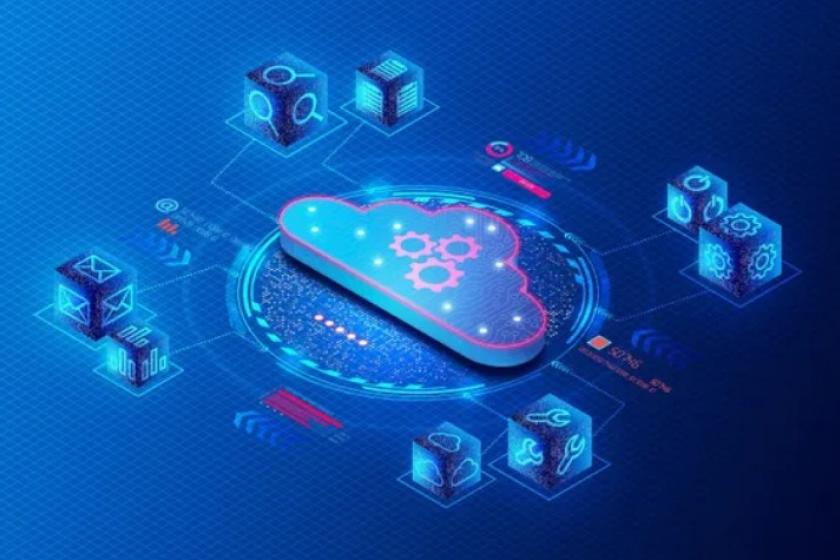Top 10 Trends Transforming the Cloud, According to ForresterTop 10 Trends Transforming the Cloud, According to Forrester
Hyperscalers offering composability and concerns about dependence on megavendors among the trends molding the future of the cloud.
September 30, 2022

In a recent report issued by Forrester, ten trends stood out as shapers of how the cloud’s continued evolution as more organizations try leverage its potential.
A core takeaway from the report was the theme that cloud strategies must be refined with cloud-native adoption being accelerated. Based on the report, even companies that already migrated to the cloud a few years ago could find their earlier implementations have aged to legacy status and now act as technical debt. That is where cloud native platforms seem to come in, according to Forrester, as vendors offer such resources for modernization.
The top trends in the cloud, according to Forrester:
Hyperscalers answer customer demands for platform composability.
FinOps pressures ITFM/TBM to adapt and modernize.
Platform teams power cloud-native transformation.
Geopolitical dynamics create local players and solutions.
Cloud redefines the enterprise data center.
Kubernetes adoption drives proactive governance, compliance, and resilience.
Cloud-scale operations solutions gain momentum.
Megavendors own enterprise IT budgets.
The battle at the edge heats up.
Industry-specific offerings gain traction.
Forrester principal analyst Lee Sustar and US Bank head of architecture Madhu Rao will present a session on cloud-native innovation this week at Forrester's Technology & Innovation North America conference, Sep. 29 and 30 in Austin and online. (InformationWeek readers can register with code FORRIW.) Sustar says cloud providers had originally emerged as generalists, offering services that could be mapped closely, save time, create certain efficiencies, and offer scalability. “It still meant people had to work at how to develop new applications, how to build on these infrastructures,” he says.
That let hyperscalers come out with patterns for platforms, Sustar says. This led to an era of platform-as-a-service, he says, and then cloud providers understood their customers wanted finished or semi-finished platforms that included automation and the capacity to tailor that to their needs. “In some cases, they might want it 95% tailored to them,” Sustar says. That could be a CRM or human resources application, he says, or customers may have a desire to create their own applications.
Read the rest of this article on InformationWeek.
Related articles:
About the Author
You May Also Like




